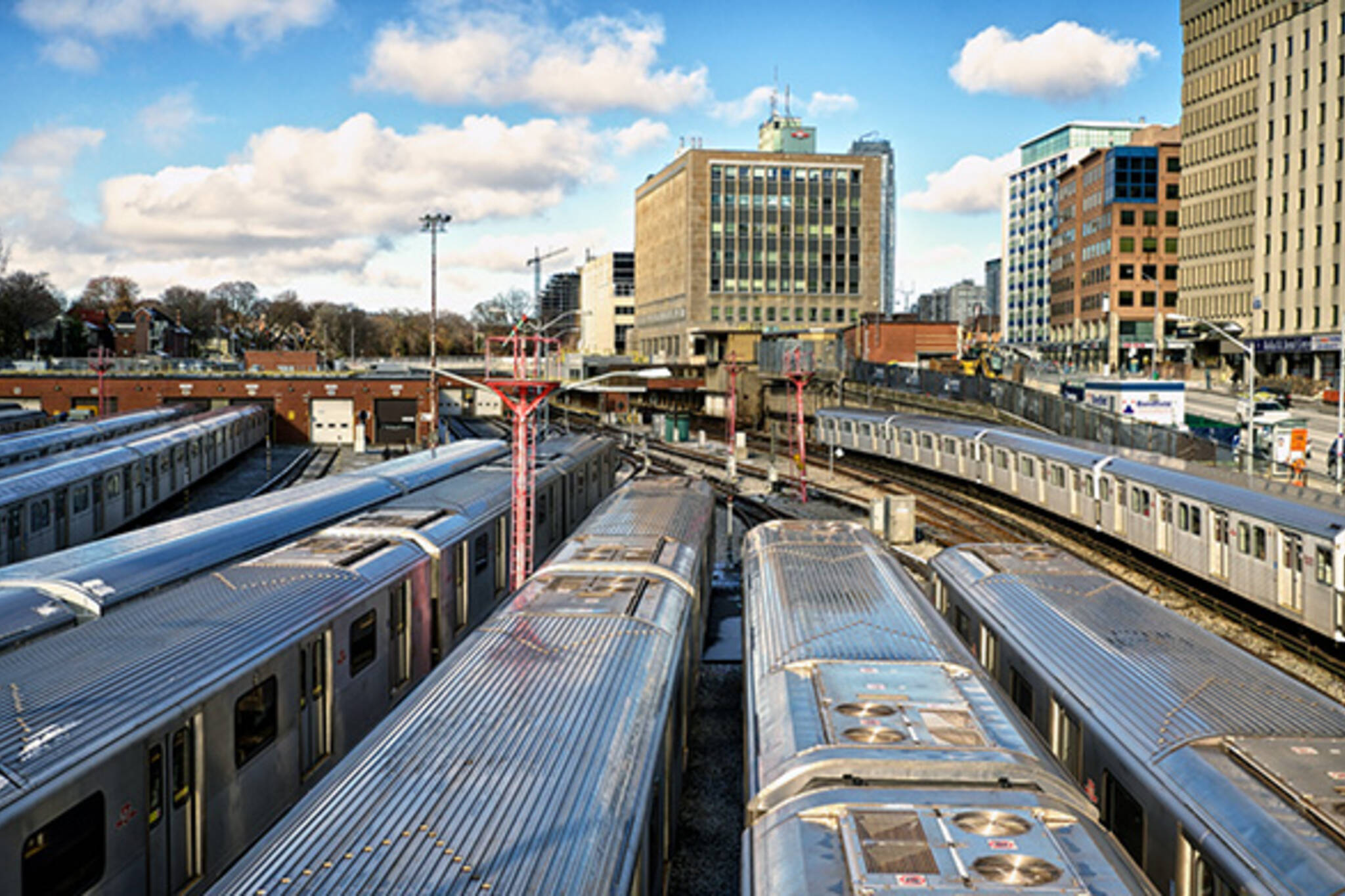
The TTC is set to improve rush hour service
The TTC wants to give its customers something to be thankful for come mid-October, announcing a host of minor service improvements that it hopes will add up to an easier ride during rush hour and beyond. Following Thanksgiving weekend, two additional trains will be added to both Line 1 (YUS) and 2 (Bloor-Danforth), which adds space for 4,600 riders across the system (Toronto Rocket trains hold about 1,200 passengers, while older trains have capacity for about 1,100).
It's not a huge bump, but it's welcome nonetheless. Other improvements you can expect the TTC to roll out include a new staff changeover system that will prevent trains from idling at terminus stations. To keep trains moving, they will have to depart these stations within 30 seconds of receiving a green signal in the tunnel. If you've ever waited to depart Downsview Station, you'll realize this is a good plan.
Less sexy still (but hopefully also effective), the TTC will rejig the way it pulls trains out of service to ensure that active trains get priority at terminal platforms. This might mean that passengers are asked to unload and re-board more often as rush hour service tapers, but if the new system works, overall system speed should increase thereby lessening this inconvenience. Let's sure hope that's the case.
Photo by twurdemann in the blogTO Flickr pool.
Latest Videos
Latest Videos
Join the conversation Load comments







